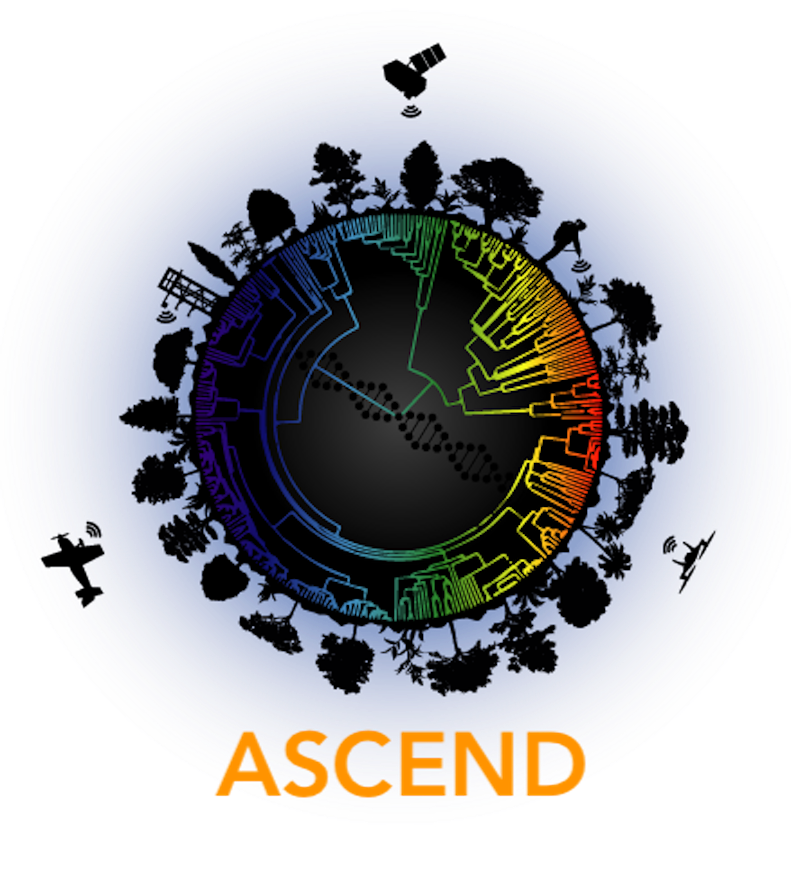NextGen: Raimundo Bermudez
Tell us about yourself
My name is Raimundo Bermudez. I am originally from Spain, and I am a scientific researcher and field supervisor of the B4WarmED and IDENT experiments at the Reich lab at the University of Minnesota. I am interested in how plant species interact with other species and the environment. My main research focus is the ecology and ecophysiology of plants.
What are the main research projects you working within ASCEND?
I am investigating how the main drivers of climate change (temperature and precipitation) and plant diversity affect tree species from boreal-temperate mixed forests. The main research projects where I work are: Boreal Forest Warming in an Ecotone in Danger (B4WarmED), and the International Diversity Experiment Network with Trees (IDENT).
Are you working on a global experiment? If so, what are the goals of the experiment?
Both B4WarmED and IDENT are global experiments. B4WarmED is focused on the effects of climate change, testing the acclimation capacity of plant species and communities, more specifically, tree species from boreal-temperate forests. IDENT, however, is focused on studying the effect of diversity in plant communities and how that affects productivity, community assembly, and spatial and temporal distribution of different functional traits, among other things.
What do you find most challenging about your current research?
The same aspects that make research challenging are also what make it so interesting. One is using a manipulative experiment in the field, i.e., in open conditions with no barriers, where all the parameters and environmental variables can change freely. That produces the most realistic data about the interactions among plant species and with the environment but also makes the analysis and interpretation, and logistics more complicated.
Another significant challenge is using state-of-the-art measuring techniques and statistical methods. These require constant updating of statistical and programming skills in areas where little information is usually available. The third big challenge is managing all the people involved and maintaining the treatments and the whole experiment running.
Raimundo (Rai) Bermudez, a research scientist at the University of Minnesota, working in the B4Warmed experiment in winter.
What are your hobbies and preferred activities when you are not doing science?
I like making simple electronic rigs, especially if they help solve real problems in the project and reviving obsolete computers for new uses. I also enjoy playing futsal, practicing kayaking, and listening to audiobooks while driving long hours between the research sites and the lab.
How would you explain your research to someone who is not a scientist?
Because traveling to the future is not an option, recreating the conditions of the future climate change at the present, in the most realistic way possible, is our best alternative to anticipate what is going to happen to the future forests. That is precisely what we do in our experiment. In particular, we are warming trees above and below ground, directly in the field, using no chambers, and also reducing 40% of the summer precipitation. There, we can study important traits for the vegetation at multiple scales. From a molecular level where CO2 is converted into organic molecules, for example how much CO2 one plant can fix as photosynthesis at a specific moment. And we go all the way to a global level, with traits important for plant communities and ecosystems (e.g., boreal forest), for example we can study how much biomass can be produced in a region, or what species will do better in a specific forest. To achieve all that and more, I use techniques based on the exchange of gases (CO2 and H2O) between inside the leaves and the atmosphere; I also use techniques based on the interaction of the visible and IR components of light with the molecules in the leaves (measuring directly on the leaves surface and from above using drones) and provide information of a variety of important traits. I also use less technological measurements, such as lengths and diameters of different components of the plants, and at the end of the cycle the final wood mass production, that give us essential information of the survival and growth to compare.

